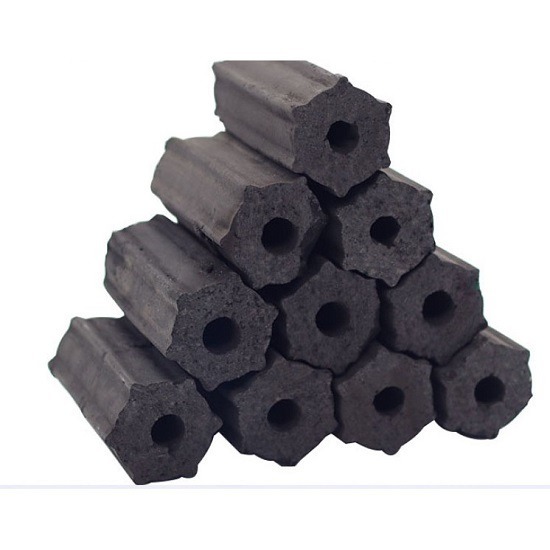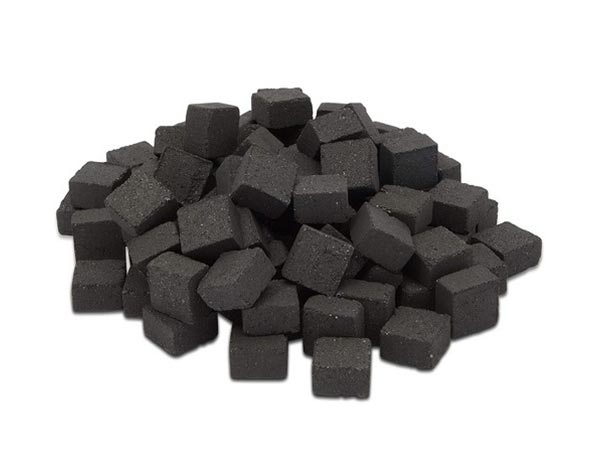Charcoal production from woody biomass has been a traditional practice with deep historical roots, dating back centuries. As an essential component in agriculture, charcoal plays a crucial role in enhancing soil fertility, improving water retention, and promoting overall crop productivity. In this comprehensive 3658-word post, we will delve into the intricacies of charcoal production from woody sources by charcoal production machine, its benefits for agriculture, and sustainable practices to ensure a harmonious balance between human needs and environmental conservation.

I. Introduction
A. Historical Perspective
The use of charcoal in agriculture traces back to ancient civilizations where farmers recognized its potential to enhance soil quality. In regions like the Amazon rainforest, indigenous communities employed charcoal as a soil amendment, a practice known as “terra preta,” creating fertile soils that sustained agriculture for centuries.
B. Charcoal Production Process
Charcoal, a carbon-rich material, is produced through the process of charcoal production. Pyrolysis involves heating woody biomass in the absence of oxygen, resulting in the decomposition of organic materials into carbon-rich charcoal. The production process varies in scale, from traditional kilns to modern, more efficient methods.
II. Benefits of Charcoal in Agriculture
A. Soil Fertility Enhancement
Nutrient Retention: Charcoal acts as a reservoir for essential nutrients, preventing leaching and ensuring a steady supply for plant uptake.
Microbial Activity: The porous structure of charcoal provides an ideal habitat for beneficial microorganisms, promoting a healthy soil microbiome.
B. Water Retention and Drainage
Water Absorption: Charcoal’s high porosity enhances water retention in the soil, reducing the need for frequent irrigation.
Preventing Waterlogging: Improved drainage prevents waterlogging, creating optimal conditions for root development.
C. Carbon Sequestration
Climate Mitigation: Biochar maker for sale contributes to carbon sequestration by converting woody biomass into a stable form of carbon, mitigating the impact of greenhouse gas emissions.

Square Hookah Charcoal
III. Types of Woody Biomass for Charcoal Production
A. Hardwoods vs. Softwoods
Density and Carbon Content: Hardwoods, with higher density and carbon content, are often preferred for charcoal production due to their ability to yield more substantial quantities.
Sustainable Harvesting: Emphasizing the importance of sustainable harvesting practices to maintain the ecological balance.
B. Agricultural Residues
Crop Residues: Utilizing agricultural residues, such as crop prunings and residues, as a sustainable source for charcoal production.
Waste-to-Wealth: Transforming agricultural waste into a valuable resource through responsible charcoal production.
IV. Traditional vs. Modern Charcoal Production Methods
A. Traditional Kilns
Mound Kilns: Examining the traditional mound kilns and their impact on air quality and efficiency.
Challenges: Addressing the environmental and health challenges associated with traditional charcoal production methods.
B. Improved and Efficient Techniques
Retort Kilns: Exploring retort kilns as a more efficient and environmentally friendly alternative.
Technological Advancements: Incorporating modern technologies for cleaner and more sustainable charcoal production.
V. Challenges and Solutions
A. Deforestation Concerns
Sustainable Management: Highlighting the importance of sustainable forest management to prevent deforestation.
Afforestation Initiatives: Supporting afforestation projects as a countermeasure to the environmental impact of charcoal production.
B. Air Quality and Health Risks
Emission Reduction: Implementing measures to reduce emissions during the charcoal production process.
Health and Safety Regulations: Advocating for and implementing health and safety regulations for charcoal producers.
VI. Case Studies
A. Terra Preta in the Amazon
Historical Significance: Examining the role of terra preta in sustaining agriculture in the Amazon rainforest.
Modern Applications: Adapting traditional practices to contemporary agriculture for sustainable development.
B. Sustainable Charcoal Initiatives
Community-Based Projects: Showcasing successful community-based charcoal production projects that prioritize environmental and social sustainability.
Economic Empowerment: Discussing how sustainable charcoal initiatives can contribute to local economic development. If you wanna get this opportunity, see how to make coconut charcoal.
VII. Conclusion
In conclusion, charcoal production from woody biomass holds immense potential for sustainable agriculture. When approached responsibly, charcoal can be a catalyst for soil fertility, water management, and carbon sequestration. By embracing modern, efficient production methods and promoting sustainable practices, we can strike a balance between meeting agricultural needs and preserving our ecosystems for future generations. As we continue to explore innovative solutions, charcoal remains a valuable ally in cultivating a greener, more resilient agricultural landscape.